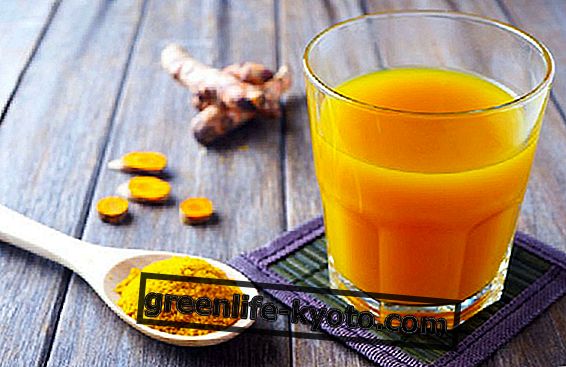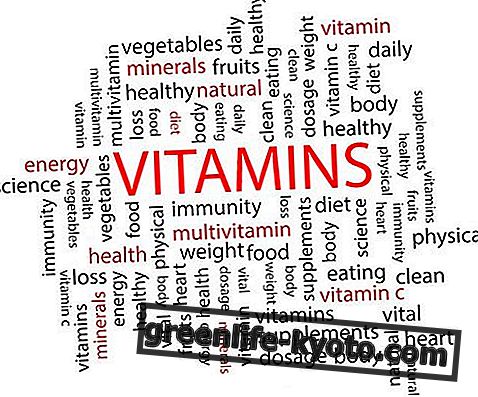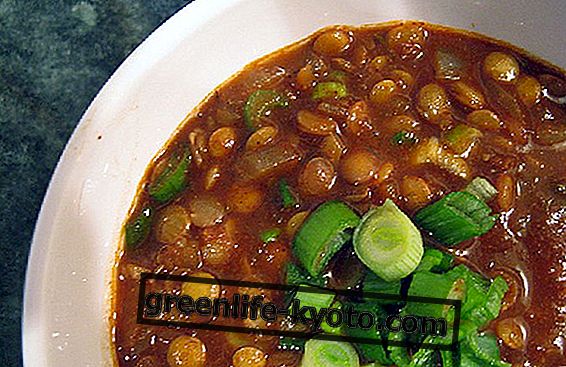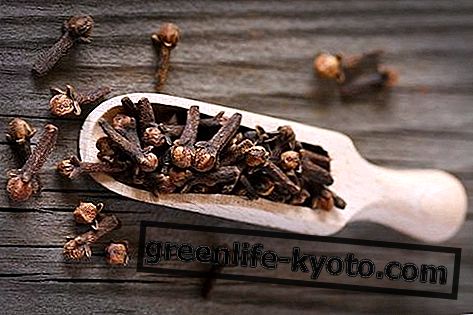Curated by Maria Rita Insolera, Naturopath
Rye bread is a low-calorie, fiber-rich food that is useful for expelling toxins from the body and controlling cholesterol levels in the blood. Let's find out better.
>
>

Properties and benefits of rye bread
Rye bread is a food that comes from using pure rye flour, or from mixing it with soft wheat flour.
It is recognizable, compared to common bread, by its typical brown color. Rye bread contains a low calorie content which makes it a very suitable food for those on a weight loss diet or for those who want to maintain weight without giving up the goodness of bread at the table.
Rye bread, especially that made with whole wheat flour, is rich in fiber. The vegetable fibers contribute to the sense of satiety, help the body to expel toxins and allow to keep cholesterol in the blood under control.
A further characteristic of rye bread is its low glycemic index, which makes it suitable for diabetics . Rye also helps keep blood sugar levels under control.
Rye bread is a valuable aid in case of constipation, thanks to the high fiber content. Rye bread is a source of vitamins and vital substances for our body, such as potassium, vitamin B, magnesium, calcium and phosphorus.
The combination of all these substances is very useful for pathologies such as high blood pressure, depression, fatigue or asthenia and high cholesterol. Rye contains gluten, although in small quantities, and is therefore unsuitable for celiacs.
Calories and nutritional values
Rye bread provides about 230 kcal for every 100 g of product. It has considerable quantities of fibers that facilitate the sense of satiety and make it an ideal food for a low-calorie diet.
Rye bread is rich from a nutritional point of view, in fact it provides fiber, carbohydrates, mineral salts (potassium, iron) and B vitamins that make it a good source of energy.
Production of rye bread
Rye bread is made with rye flour obtained by grinding rye grains. This type of bread is distinguished by its darker, harder and more aromatic texture than that made with wheat flour.
Rye flour is obtained from the processing of rye grains. This is a type of cereal that lends itself very well to stone grinding.
Wholemeal rye flour has the same properties as the cereal from which it derives. It contains low amounts of gluten and is very often supplemented with other wholemeal flours.
Rye bread recipe
Ingredients
- 300 g of rye flour
- 100 g of whole wheat flour
- 300 ml of warm water
- 100 g of sourdough
- 1 teaspoon of brown sugar.
Method
Dissolve the yeast in warm water and add the rye flour, wholemeal flour and sugar. Knead for about 20 minutes and then form a loaf.
Let rise for 3-4 hours keeping the dough covered with a cloth. Once the rising time has elapsed work the dough a cylinder which will be left to rise for another 5 hours.
Once the leavening time is over, cook the rye bread in a preheated oven for 40 minutes at 200 ° C.













